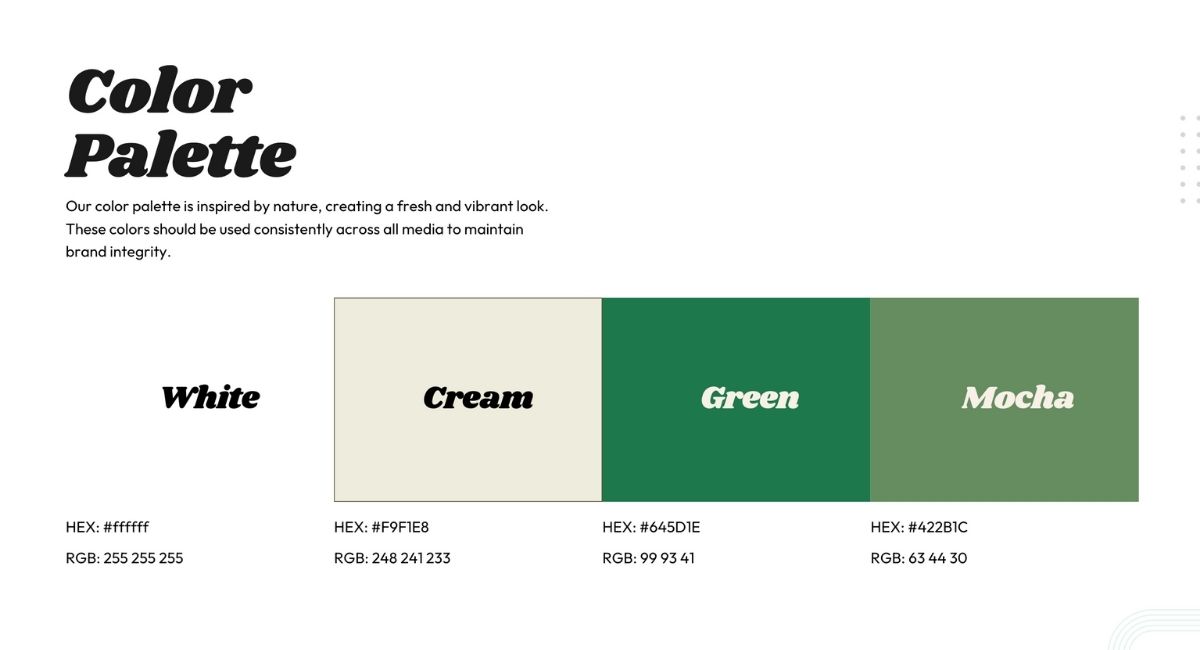Weekly Overview:
Welcome to my weekly roundup! This past week marked the start of my unemployment adventure (yes, I'm framing it positively), and it's been a whirlwind of growth, challenges, and exciting pivots. From revamping my online presence to diving into certifications and interview prep, here's what kept me buzzing:
Highlights:
- Rebuilding my portfolio website with a newsletter and blog focus
- Started my Google Cloud Machine Learning Engineering Certification
- Practiced SQL interview questions from Strata Scratch
- Began freelancing as a Data Scientist
- Discovered inspiring people this week
Let's dive into the details—I'll share the highs, the hurdles, and the lessons learned along the way.
Rebuilding My Portfolio Website
I've been tinkering with my website since 2019, redesigning it more times than I can count. It's evolved from a simple portfolio to an art gallery, a Looker Studio demo hub, and even a short-lived online shop for my artwork. Now, I'm giving it a new lease on life as a dedicated portfolio site, complete with weekly blog posts chronicling my quest for that dream job in data science.
This is my first full week of unemployment, and honestly, I've packed it so full of thrilling projects that "free time" feels like a myth. But that's the beauty of this phase—it's all about reinvention. When I decided to reshape my site's identity, I started by exploring how to integrate my Notion notes into my existing Wix setup. Embedding via iframes seemed promising at first, but it quickly fell flat: the pages looked clunky, editing control was minimal, and the design options just didn't vibe with my vision.
That's when it hit me—building a website from scratch doesn't have to be a time-sink anymore, especially with AI tools in my corner. Why settle for compromises when I could take full control and craft something simple, intuitive, and totally me?
Crafting a Cohesive Brand Identity
To guide this process, I turned to Perplexity AI for inspiration—it helped me refine my vague ideas into a polished plan. I had a theme in mind but struggled to document it cohesively. Picture this: a 1970s retro pop art aesthetic, infused with soothing matcha greens and buttery yellows. It felt right for my creative, data-driven personality.
I leaned on my go-to tools to bring it to life:
- Canva: Packed with brand identity templates, it's a lifesaver for kickstarting projects without starting from zero.
- Coolors.com, color-hex.com: Perfect for generating and tweaking color palettes, often sparked by quick Google searches.
- dafont.com, googlefont.com: I adore the playful 'Bright' font from Dafont and the clean 'Outfit' from Google Fonts.
- Google searches for icons to add that final pop.
After about five hours of experimenting and iterating, I landed on a setup that feels just right. Here's a sneak peek!.

With the branding sorted, I was pumped to build the portfolio itself. My vision? A homepage leading to a blog landing page and individual blog posts. Before I start with writing code on VS Code, I set up Gemini Code Assist to help me tweak the design and polish the overall vibe of my website.
If you're curious, check out this quick video on How to Use Gemini AI in VS Code. It's been a game-changer, turning what could have been a daunting task into an easy to debug the whole process and taking control of the situation.
Kicking Off My Google Cloud Machine Learning Engineering Certification
Building on last week's Python refresh, I powered through the full W3Schools curriculum this week. Sure, I dabbled in Python during my master's program, but my recent jobs haven't touched it, leaving me a bit rusty. Getting back in the groove felt like reuniting with an old friend.
Pro tip: Don't get stuck in basics overload. Warm up with the essentials, then dive into real projects. Tutorials are like a coach's playbook, but you won't build muscle without getting your hands dirty. It's the same in sports: all the theory in the world means nothing without practice!
This week also highlighted my career shift from data analyst to data scientist. I dedicated a full day to revamping my resume for DS roles, even though my background leans more toward analytics and engineering. As I kick off my first data science gigs (more on that in a future post!), I researched certifications to bridge the gap. The winner? Google Cloud Professional Machine Learning Engineering certificate.
Why this one? I'm already comfortable with Google Cloud Platform (GCP), and my freelance project uses it too. It's a respected credential that demands real commitment—think rigorous prep and a $200 exam fee. To hold myself accountable, I booked my exam date right away. This isn't just a checkbox; it's a stepping stone to proving my skills in a competitive field. Stay tuned as I share progress and tips.
Sharpening My Skills: Practicing SQL Interview Questions on StrataScratch
Let's be real: Landing that dream job means acing the interview gauntlet. For my last role, a case study introduced me to Looker Studio (instant love affair!), but top companies throw in intense technical rounds. I've dodged this challenge before, but no more—it's time to conquer the mountain. My plan? Tackle five problems daily on StrataScratch, a platform tailored for data-focused interviews.
With three years of SQL under my belt, I figured it'd be smooth sailing. Spoiler: It wasn't. I hit unfamiliar problem types that left me stumped at first, reminding me that "hard" often just means "unfamiliar." Once you crack the logic, it clicks—and that's the thrill.
I initially eyed the LeetCode 150 grind (tech folks, you know the drill), but then it dawned on me: As a data scientist, my world revolves around ML concepts and SQL logic, not heavy data structures and algorithms (that's more for software devs). Enter StrataScratch—a LeetCode-style site built specifically for data pros. It's been a revelation, helping me focus on what matters most for my goals. If you're prepping too, give it a try; it's sharpening my edge one question at a time.
Launching My Freelance Journey as a Data Scientist
Tying right into my GCP certification push, I feel incredibly fortunate to have landed my first freelance gig as a data scientist this week. I'm collaborating with a data firm. They've entrusted me with building an end-to-end ML pipeline to uncover strategies for increasing revenue—exactly the kind of high-impact work I've been craving. It's a golden opportunity to apply my data expertise to real business problems, and it's already accelerating my transition into data science.
Of course, no exciting project comes without its hurdles, and this one threw a few curveballs my way. The first big task? Importing Shopify data into BigQuery. As someone who's more analyst than engineer, this was uncharted territory, but I rolled up my sleeves and experimented until I cracked it.
Here's how the adventure unfolded:
- I hunted for a direct connection, like BigQuery's seamless link to Google Ads, but no luck—Shopify doesn't play that nicely out of the box.
- Next, I tried Compute Engine instance with Airbyte, but ran into stubborn access token errors. Even after validating them in Postman, the issues persisted—frustrating, but a great lesson in debugging.
- Finally, I pivoted to Python scripting, a tool I've shied away from in the past. It turned out to be the winner, getting the job done efficiently.
If you're tackling something similar, check out this handy guide on connecting Shopify with BigQuery.
Once the data was in BigQuery (cue the victory dance!), I moved on to preprocessing and modeling, normalizing columns to set up a solid foundation. To keep everything streamlined, I'm managing the workflow in GitHub with CI/CD pipelines—connecting VS Code directly to GCP for running SQL queries and pushing updates.
There was a learning curve here too, especially linking Dataform to GitHub. If you're a freelancer dealing with external repos, this guide to connecting Dataform to GitHub will be your lifesaver
Looking ahead, I'll be prepping the data as features for modeling in the coming days. Next week, the fun ramps up with creating customer personas to optimize Google Ads targeting. If you're on a similar path, stay tuned for more insights—this gig is proving that persistence pays off in spades!
You can also check out these guides if you are working with GitHub
- Work on external Github account with your personal Github account
- How to Deploy Your Website on Vercel with a Custom Domain from Namecheap
People Who Inspired Me This Week
No week of growth is complete without a dose of inspiration from trailblazers who've walked bold paths. These three leaders caught my attention through their stories of innovation, resilience, and impact—reminding me that big dreams are achievable with grit and vision. Here's who fueled my motivation:
- Luis Von Ahn, Cofounder and CEO of Duolingo – His journey from creating CAPTCHA to revolutionizing language learning shows how tech can make education accessible and fun. It inspired me to think bigger about using data for positive change.
- Aravind Srinivas, Cofounder and CEO of Perplexity – As the mind behind an AI-powered search engine, his emphasis on curiosity-driven innovation hit home, especially as I lean on tools like Perplexity for my own projects.
- Leena Nair, Global CEO of Chanel – From HR roots to leading a luxury icon, her story of breaking barriers and leading with empathy motivated me to embrace my multifaceted background in my career pivot.

